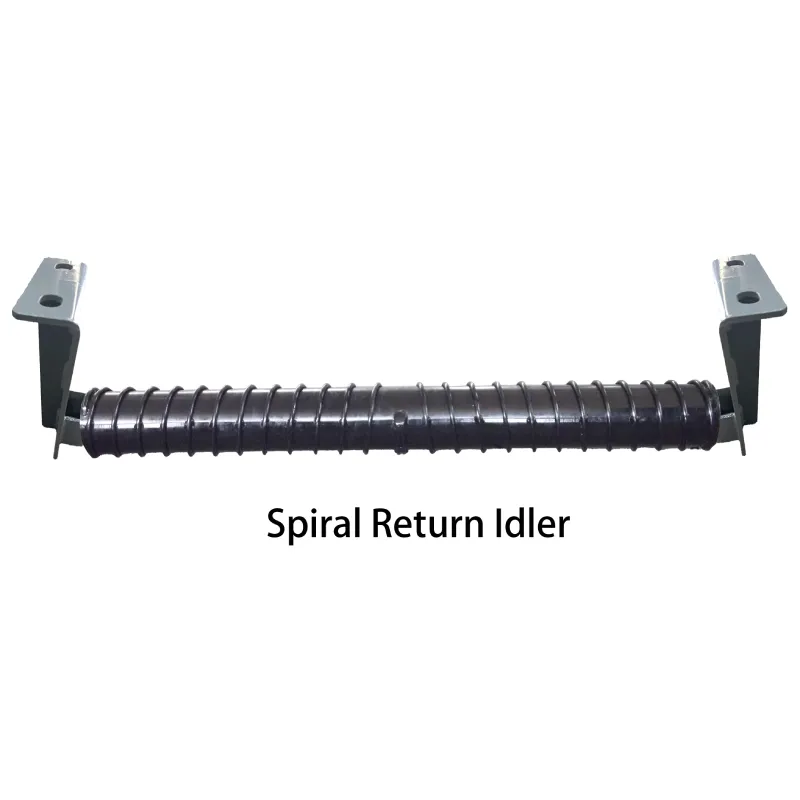 Afrikaans
Afrikaans  Albanian
Albanian  Amharic
Amharic  Arabic
Arabic  Armenian
Armenian  Azerbaijani
Azerbaijani  Basque
Basque  Belarusian
Belarusian  Bengali
Bengali  Bosnian
Bosnian  Bulgarian
Bulgarian  Catalan
Catalan  Cebuano
Cebuano  Corsican
Corsican  Croatian
Croatian  Czech
Czech  Danish
Danish  Dutch
Dutch  English
English  Esperanto
Esperanto  Estonian
Estonian  Finnish
Finnish  French
French  Frisian
Frisian  Galician
Galician  Georgian
Georgian  German
German  Greek
Greek  Gujarati
Gujarati  Haitian Creole
Haitian Creole  hausa
hausa  hawaiian
hawaiian  Hebrew
Hebrew  Hindi
Hindi  Miao
Miao  Hungarian
Hungarian  Icelandic
Icelandic  igbo
igbo  Indonesian
Indonesian  irish
irish  Italian
Italian  Japanese
Japanese  Javanese
Javanese  Kannada
Kannada  kazakh
kazakh  Khmer
Khmer  Rwandese
Rwandese  Korean
Korean  Kurdish
Kurdish  Kyrgyz
Kyrgyz  Lao
Lao  Latin
Latin  Latvian
Latvian  Lithuanian
Lithuanian  Luxembourgish
Luxembourgish  Macedonian
Macedonian  Malgashi
Malgashi  Malay
Malay  Malayalam
Malayalam  Maltese
Maltese  Maori
Maori  Marathi
Marathi  Mongolian
Mongolian  Myanmar
Myanmar  Nepali
Nepali  Norwegian
Norwegian  Norwegian
Norwegian  Occitan
Occitan  Pashto
Pashto  Persian
Persian  Polish
Polish  Portuguese
Portuguese  Punjabi
Punjabi  Romanian
Romanian  Russian
Russian  Samoan
Samoan  Scottish Gaelic
Scottish Gaelic  Serbian
Serbian  Sesotho
Sesotho  Shona
Shona  Sindhi
Sindhi  Sinhala
Sinhala  Slovak
Slovak  Slovenian
Slovenian  Somali
Somali  Spanish
Spanish  Sundanese
Sundanese  Swahili
Swahili  Swedish
Swedish  Tagalog
Tagalog  Tajik
Tajik  Tamil
Tamil  Tatar
Tatar  Telugu
Telugu  Thai
Thai  Turkish
Turkish  Turkmen
Turkmen  Ukrainian
Ukrainian  Urdu
Urdu  Uighur
Uighur  Uzbek
Uzbek  Vietnamese
Vietnamese  Welsh
Welsh  Bantu
Bantu  Yiddish
Yiddish  Yoruba
Yoruba  Zulu
Zulu types of idler in belt conveyor
Types of Idlers in Belt Conveyors
Belt conveyors are essential components in various industrial applications, used for transporting materials efficiently over distances. One of the critical parts of a belt conveyor system is the idler; these are the rollers that support the conveyor belt and the load being transported. Understanding the different types of idlers is crucial for optimizing conveyor performance, ensuring longevity, and improving operational efficiency. This article delves into the various types of idlers used in belt conveyor systems.
1. Carrying Idlers
Carrying idlers are the most common type of idler, as they support the upper strand of the conveyor belt where the bulk materials are carried. They are designed to maintain the shape and tension of the belt during operation. Carrying idlers typically consist of three rollers arranged in a triangular formation. This design helps in distributing the load evenly across the belt, reducing the risk of sagging and wear. The most frequently used configurations include the 20-degree trough, the 30-degree trough, and the flat design, each chosen based on the specific application and load conditions.
2. Return Idlers
As the name suggests, return idlers support the lower strand of the belt as it returns to the loading point. These idlers typically have a flat configuration and are designed to keep the belt aligned and reduce friction as it moves back. This alignment is crucial for preventing wear and tear on both the belt and the support structure. Return idlers can also be fitted with rubber covers to minimize noise and further reduce the potential for damage.
3. Impact Idlers
Impact idlers are specialized idlers designed to absorb the shock and impact of heavy loads that are dropped onto the conveyor belt, such as bulk materials being loaded. These idlers are usually installed at loading zones and consist of a series of rubber or cushioned rollers that soften the blow of material. By minimizing the impact force, impact idlers help protect the conveyor belt and extend its lifespan while reducing maintenance costs.
types of idler in belt conveyor

Training idlers, also known as guide or skew idlers, are used to control the alignment and tracking of the conveyor belt. Misalignment can cause excessive wear and damage to both the belt and the machinery, leading to costly downtime. Training idlers have an adjustable angle which allows operators to correct the belt trajectory as needed. This is critical in preventing belt slippage and misalignment, which can disrupt the entire conveyor system.
5. Belt Support Idlers
Often referred to as support idlers, these are placed underneath the belt to provide additional support at critical points along the conveyor system. They are necessary in areas where the belt needs extra support due to heavy loads or long span distances. Belt support idlers are generally flatter and more robust, and they help maintain belt stability, reducing sagging and increasing efficiency.
6. Self-Aligning Idlers
Self-aligning idlers are designed to assist in tracking the belt without requiring manual adjustment. These rollers can pivot in response to the belt's position, automatically correcting misalignment. By using self-aligning technology, conveyor operators can significantly reduce downtime and maintenance while ensuring the safe and efficient operation of the system.
Choosing the Right Idler
Selecting the appropriate type of idler depends on several factors, including the material being transported, the length and inclination of the conveyor, and operating conditions. Properly specifying idlers not only ensures the effective functioning of the conveyor but also helps avoid costly maintenance issues.
Conclusion
In summary, idlers are vital components of belt conveyors, and knowing the different types available can improve operational efficiency and prolong the lifespan of the system. Carrying, return, impact, training, belt support, and self-aligning idlers each serve specific functions, and when chosen correctly, they contribute to the overall reliability and performance of belt conveyor systems. As industries continue to evolve, understanding these components becomes even more critical in enhancing material handling processes.
-
Revolutionizing Conveyor Reliability with Advanced Rubber Lagging PulleysNewsJul.22,2025
-
Powering Precision and Durability with Expert Manufacturers of Conveyor ComponentsNewsJul.22,2025
-
Optimizing Conveyor Systems with Advanced Conveyor AccessoriesNewsJul.22,2025
-
Maximize Conveyor Efficiency with Quality Conveyor Idler PulleysNewsJul.22,2025
-
Future-Proof Your Conveyor System with High-Performance Polyurethane RollerNewsJul.22,2025
-
Driving Efficiency Forward with Quality Idlers and RollersNewsJul.22,2025





























